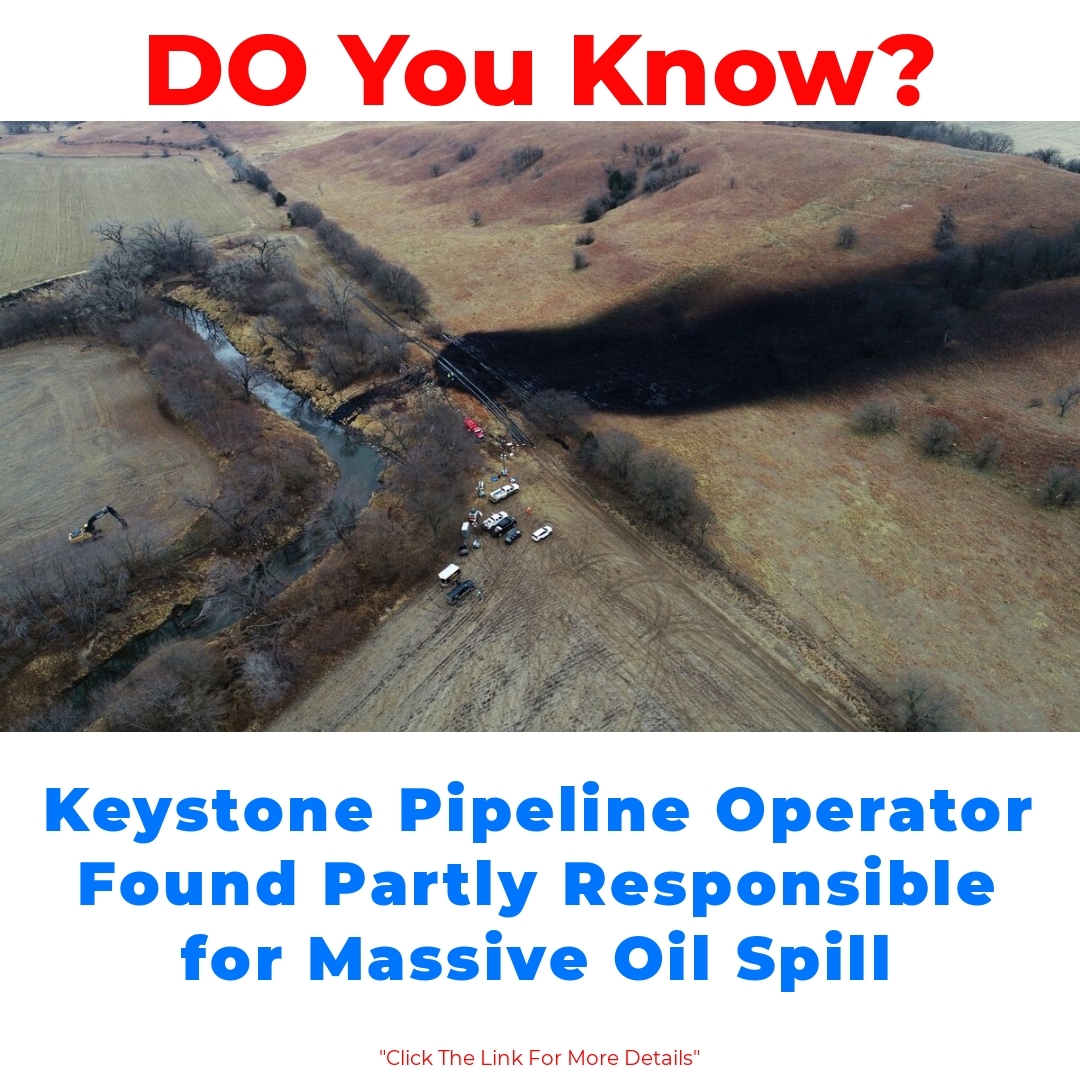The Keystone pipeline plays a crucial role in the transportation of crude oil across North America, significantly impacting the energy sector. However, the 2022 crude oil spill incident, where nearly 13,000 barrels were released, highlighted serious regulatory failures and raised concerns about the environmental consequences of such spills. Addressing these issues is vital for the future of crude oil transportation and environmental protection.

The Keystone pipeline has been a significant player in the transportation of crude oil across North America, with a major impact on the energy sector. However, the 2022 crude oil spill incident, where nearly 13,000 barrels were released, highlighted serious regulatory failures and raised concerns about the environmental consequences of such spills. Addressing these issues is vital for the future of crude oil transportation and environmental protection.
The 2022 Crude Oil Spill Incident
In late 2022, a troubling incident occurred involving the Keystone pipeline when it experienced a significant crude oil spill. This spill resulted in nearly 13,000 barrels of crude oil leaking into the surrounding environment. The immediate implications of such a volume were alarming, impacting local wildlife and contaminating water sources, raising urgent questions about pipeline safety and the effectiveness of existing regulatory frameworks.
Findings from US Regulators
Following the spill, US regulators conducted a thorough investigation to determine what went wrong. The report revealed several key findings regarding the causes of the Keystone pipeline oil spill. Primarily, it pointed to failures on the part of the pipeline operator, who was responsible for ensuring the safety and integrity of the pipeline. Regulatory failures in pipeline operations were also highlighted, emphasizing the gaps in oversight that allowed this incident to occur.
US regulators play a crucial role in overseeing safety standards and spill prevention. The report has prompted calls for a reassessment of the regulations governing the operation of pipelines like the Keystone, highlighting the need for stricter compliance and more robust monitoring practices to avert future incidents.
Environmental Impact and Consequences
The environmental consequences of crude oil spills like the one from the Keystone pipeline cannot be overstated. Spills can have catastrophic effects on local ecosystems, affecting plant and animal life in the area. In this case, the leakage posed serious threats to wildlife habitats and local water quality, leading to long-term implications for both the environment and human health.
Moreover, the findings suggest a pattern regarding how the Keystone pipeline contributes to oil spills. This raises critical concerns about the need for enhanced environmental protections in place for such vital energy infrastructures to ensure they do not become a recurring threat to the environment.
Oil Spill Investigation and Spill Response
The investigation into the oil spill initiated a comprehensive approach to understanding its causes and establishing measures to avoid future occurrences. A review of current spill response strategies was also conducted, assessing their effectiveness in mitigating environmental damage.
It was revealed that while some response measures were in place, they fell short of effectively containing the spill immediately. The performance of spill response mechanisms must be improved upon to ensure quicker and more effective actions in the event of future leaks.
Conclusion
In light of the 2022 crude oil spill incident, it’s clear that there is an urgent need for better regulatory oversight to prevent future spill incidents from occurring. The findings from US regulators highlight the necessity for improvements in spill response mechanisms, calling for greater accountability among pipeline operators.
As we continue to rely on crude oil transportation for our energy needs, it’s essential to prioritize the protection of our environment from the impacts of such logistics. Ensuring the safety of vital energy infrastructure like the Keystone pipeline is a shared responsibility that requires vigilance, improved regulations, and a commitment to natural conservation.
Frequently Asked Questions
What happened during the 2022 Keystone pipeline oil spill?
In late 2022, the Keystone pipeline experienced a significant oil spill, releasing nearly 13,000 barrels of crude oil into the environment. This incident raised serious concerns about pipeline safety and the potential impact on local ecosystems.
What were the immediate consequences of the spill?
The spill had alarming implications, including:
- Contamination of local water sources
- Negative effects on wildlife and their habitats
- Long-term risks to both environmental and human health
What did the investigation by US regulators find?
The investigation revealed key findings:
- Failures by the pipeline operator related to safety and integrity
- Gaps in regulatory oversight that allowed the incident to happen
- Urgent need for improved compliance and stronger monitoring practices
How does this spill affect environmental protection efforts?
The spill emphasizes the need for:
- Enhanced environmental protections for pipelines
- Stricter regulations governing crude oil transportation
- Ongoing commitment to conservation and environmental health
What improvements are needed in spill response strategies?
The spill highlighted that existing response measures were insufficient. It emphasizes the need for:
- Faster and more effective containment efforts in future spills
- Regular assessment and improvement of spill response mechanisms
What steps can be taken to prevent future spills?
To prevent future spills, it is crucial to:
- Enhance regulatory oversight and compliance
- Improve spill response effectiveness
- Ensure greater accountability among pipeline operators





